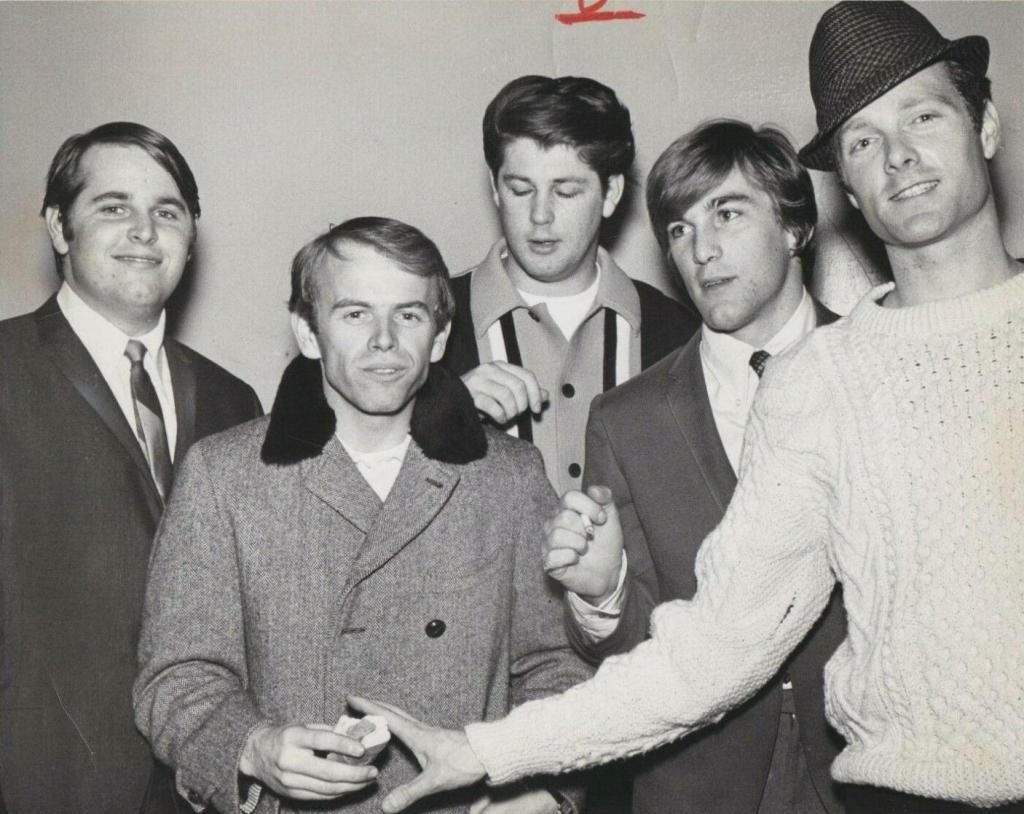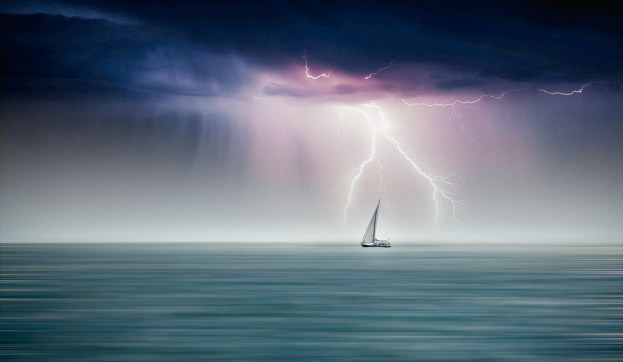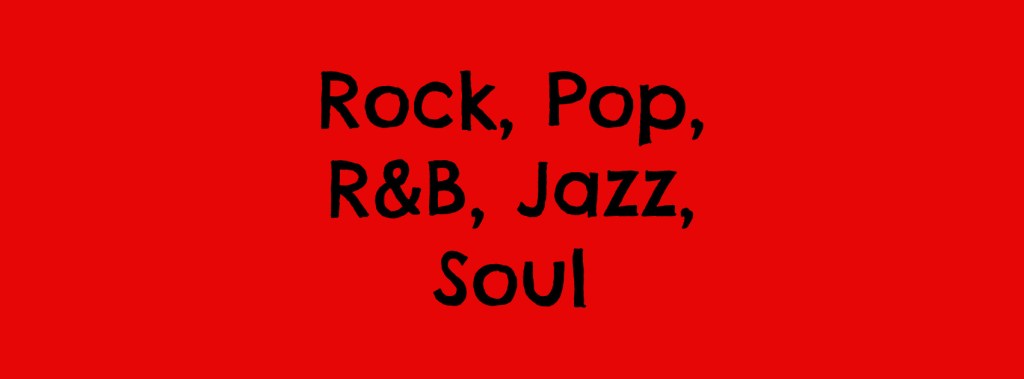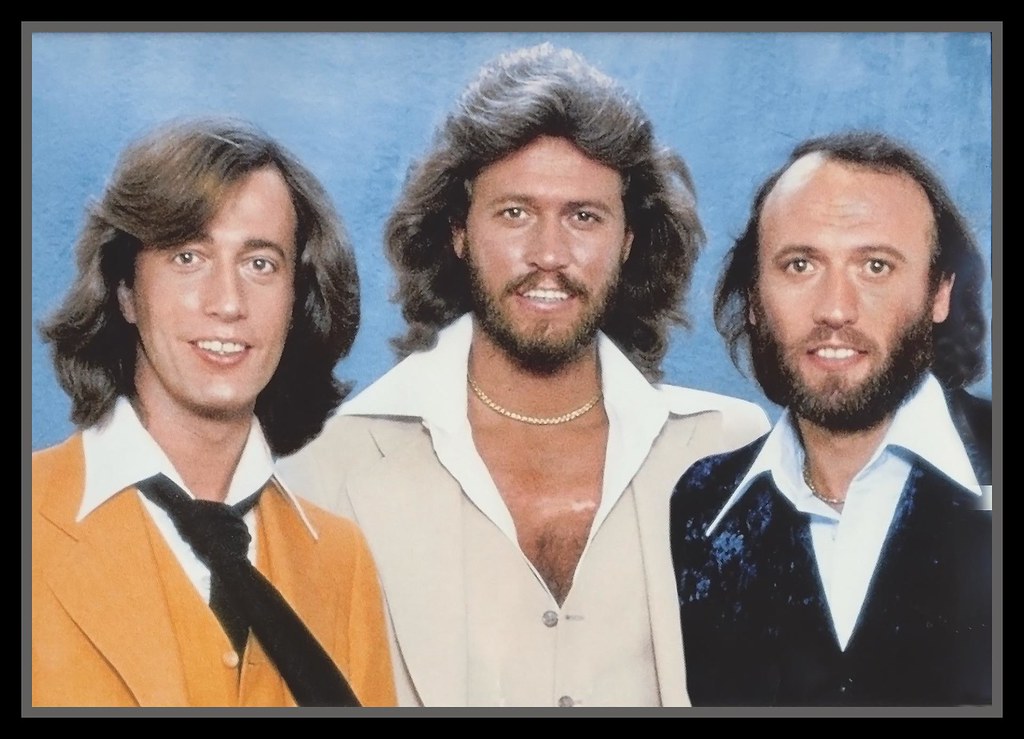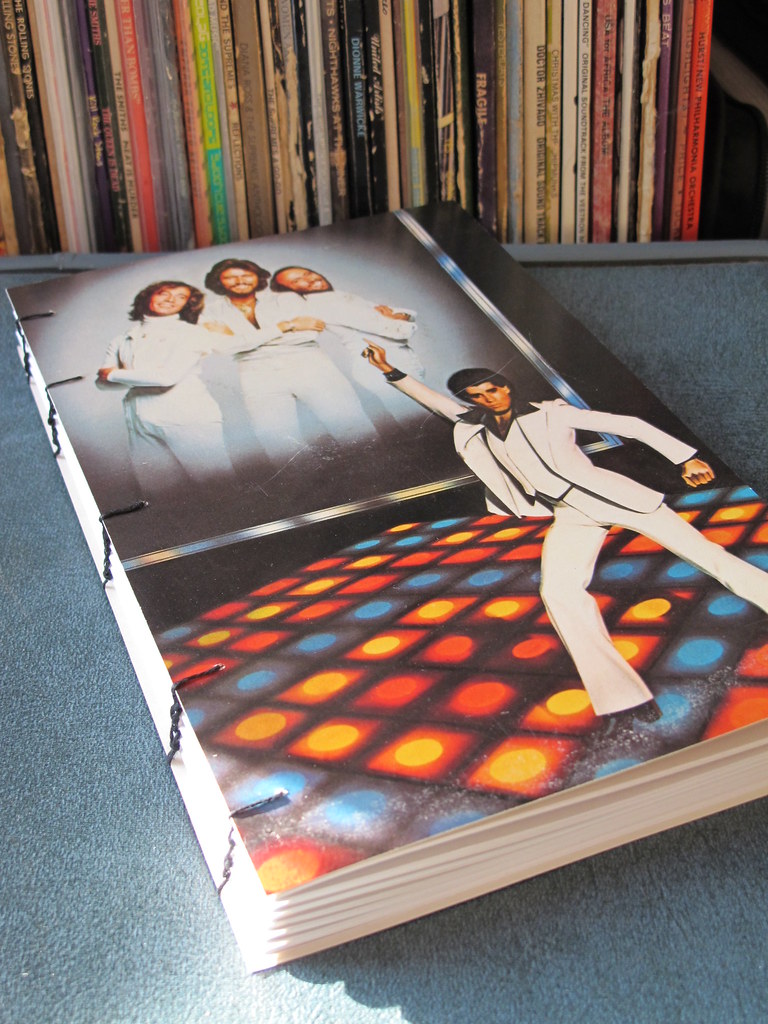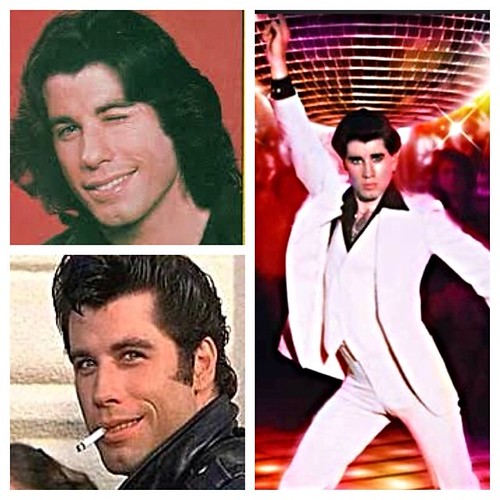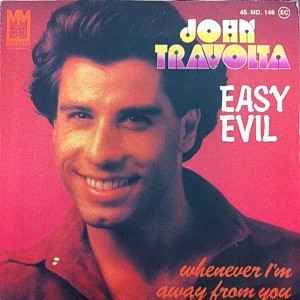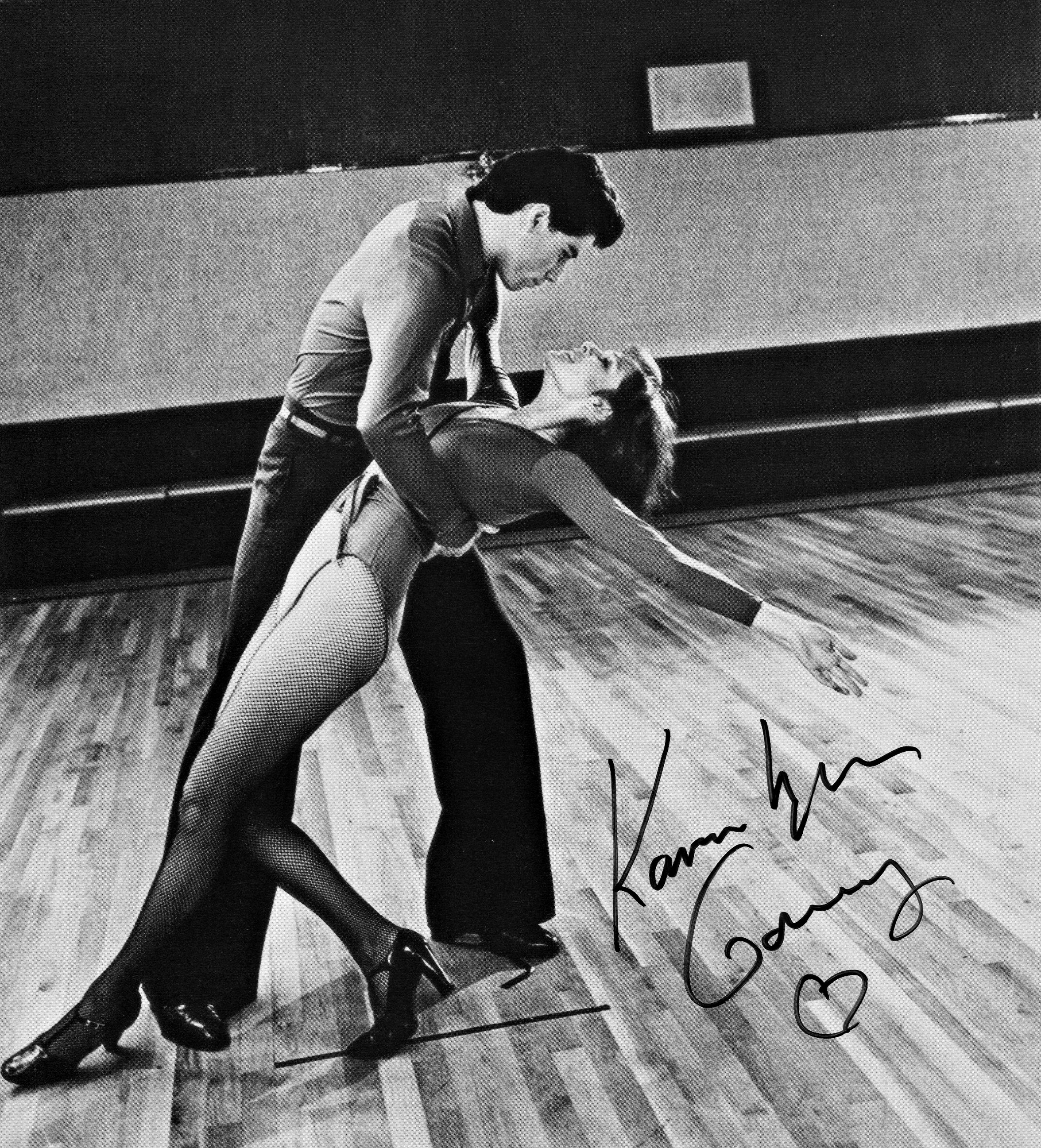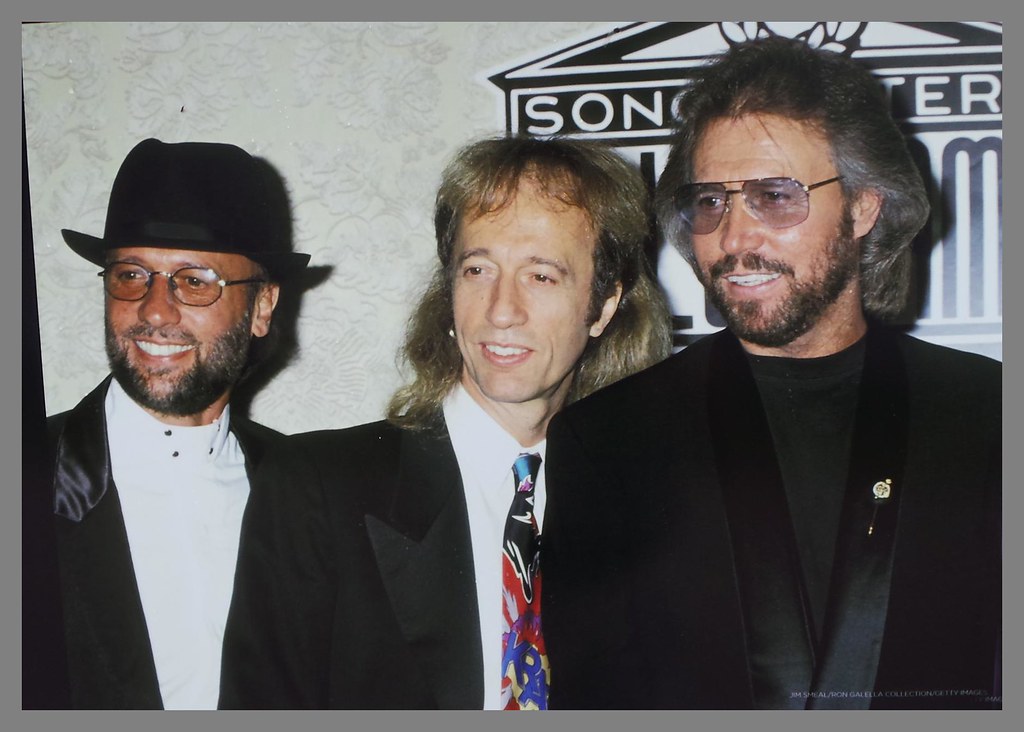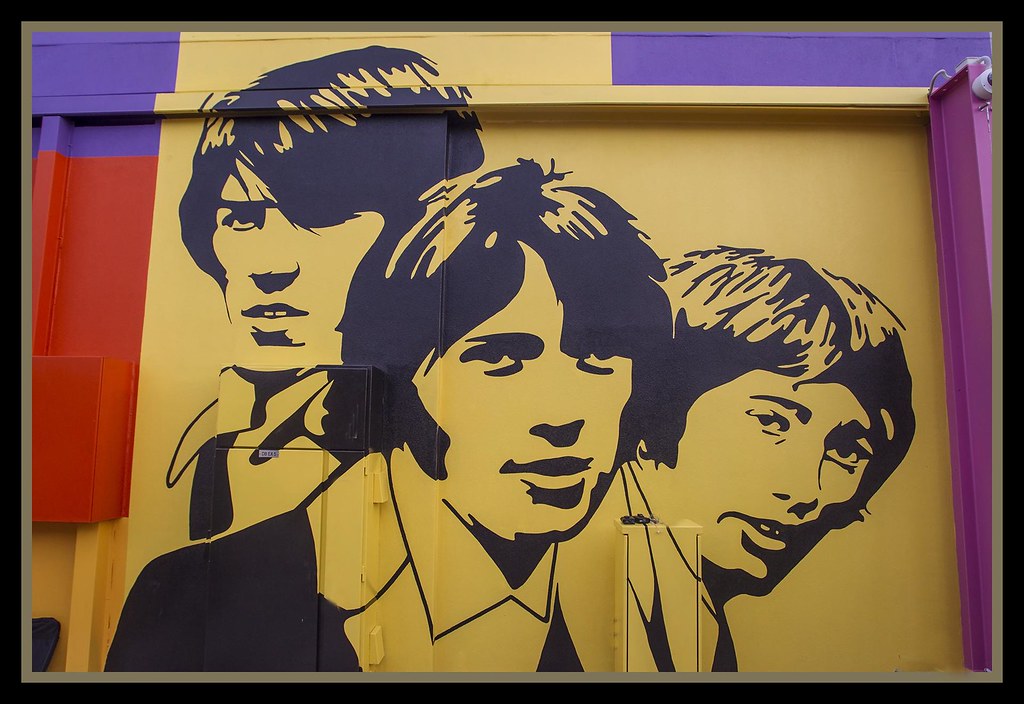
Feature Image: The Beach Boys in 1964; clockwise from left: Al Jardine, Mike Love, Brian Wilson, Carl Wilson, Dennis Wilson. Trade ad for The Beach Boys’s single “California Girls”/”Let Him Run Wild.” Public Domain. Permission details The ad appeared in the 11 September 1965 issue of Billboard and can be dated from that publication; it is pre-1978. There are no copyright markings as can be seen at the full view link. The ad is not covered by any copyrights for Billboard. US Copyright Office page 3-magazines are collective works (PDF) “A notice for the collective work will not serve as the notice for advertisements inserted on behalf of persons other than the copyright owner of the collective work. These advertisements should each bear a separate notice in the name of the copyright owner of the advertisement.”

By John P. Walsh
On November 2, 1964 the Beach Boys invaded London, England for a television appearance and concert.
At the press conference 22-year-old Brian Wilson who in this period co-wrote, with 23-year-old Mike Love, “When I Grow Up (To Be a Man)” said he wanted to see the band someday record in England. Eventually in 1972 they did record in Holland. See – https://johnpwalshblog.com/2022/08/24/seafaring-treasure-in-classic-rock-the-backstories-of-blues-images-no-4-hit-ride-captain-ride-1970-and-the-beach-boys-twice-charting-sail-on-sailor-1973-1975/

With the press media in England Wilson admitted the Beach Boys had written and performed music on surfer subjects as well as cars but displayed anger as he denied that they had anything to do per se with “surfer music” and certainly not in originating or perpetrating it. Besides, Wilson offered that that phase was pretty much over. Their music was just their sound that people liked to listen to. In London and elsewhere he said that the Beach Boys had found new subjects particularly on social themes surrounding what it meant to be a young person in the mid1960’s.

Recorded and released as a single in August 1964, “When I Grow Up (To Be A Man)” was another song by Brian Wilson and Mike Love. Mike Love thought it may have had to do with Brian Wilson’s father’s concern for his sons’ masculinity in the glitzy music business (see Love, p. 92) as much as his criticism of Brian’s impending marriage in December 1964 to 16-year-old Marilyn Rovell, a member of the Honeys. Brian had asked for her hand in an expensive telephone call from Australia when the Beach Boys were on tour there and in New Zealand in January 1964 and more than once until the nuptials. Back in California, Wilson produced his song, “He’s a Doll,” for the Honeys who recorded it on February 17, 1964 and released it two months later, on April 13, 1964.
The Beach Boys’ first no. 1 single was one that was released in May 1964. They had been making music since 1962 and the last twelve months, since May 1963, had been busy and productive. Since spring of 1963 they had 3 top-5 hits (and two more top-10 hits). “Surfin’ U.S.A.” peaked at no. 3 in May 1963 and became Billboard’s no.1 song for the year. “Little Saint Nick” released in December 1963 peaked at no. 3 on the Billboard Christmas Singles chart. By the time “Fun, Fun, Fun” peaked at no. 5 in March 1964, everything had changed in rock ‘n roll music in America, and particularly for the Beach Boys. The change was marked by the appearance of the Beatles on the Ed Sullivan Show in February 1964. Literally half the country – 74 million people – tuned in and the impact was immediate. When the Beach Boys heard the hordes of screaming fans for the Fab Four, Brian Wilson thought for a moment about quitting, disappointed that so much of what the California band had been working on and striving for had suddenly been eclipsed – and by Brits no less. Brian Wilson set to work to complete more original material and was more open to experimenting with arrangements and instrumentation to achieve a new sound. Though the Beach Boys were replaced in the top spot on Billboard’s year-end singles in 1964 by the Beatles (“I Want To Hold Your Hand”) and the Beatles locked up the second spot as well (“She Loves You”), “I Get Around,” was in the top 5 that year.
On July 13, 1964, the Beach Boy’s sixth album All Summer Long was released on Capitol records with “I Get Around” its first track. Considered the band’s first artistically unified collection of songs, All Summer Long reached the Billboard 200 two weeks later and rose rapidly to peak at no.4 on August 22, 1964. According to Mike Love, the lyrics developed out of their experiences describing the band’s restlessness with “instant fame, some fortune” and looking to find new spaces and places “where the kids are hip.” By the second and final verses the narrator has moved from monotonous boredom in search of something more to boasting that he has the fastest car and great success with the women. In those first few months of 1964 the Beach Boys had moved from wunderkind band to a personal and musical maturity. On “I Get Around” Dennis Wilson biographer Jon Stebbins wrote that it “is clearly ahead of its time, and it signals the speed at which Brian had developed. With its edgy guitar/sax bursts doubled with trebly reverbed Fender flicks, electric-organ fills, and an arrangement that stops, goes, accelerates, and then stops and goes a few more times, the song is nearly otherworldly in its inventiveness. Each band member’s voice is showcased, and this helps to make this single as good as any pop record ever made.” In February 1965, All Summer Long was certified gold by the RIAA. So that by the time of the Beach Boys’ American invasion of Britain in November 1964 they continued their counter to the British invasion of the Beatles in February 1964.
Though released after the onset of Beatlemania in March 1964, the material for the Beach Boys’ album, Shut Down Volume Two, was conceived, written, and produced in late 1963 and early 1964. The Beatles’ impetus on the Beach Boys to more subtly integrate older musical sources to something new and original would still be several weeks and months in the offing. The lead track, Fun, Fun, Fun was recorded in the first week of January 1964 and released as a single on February 3, 1964, less than a week before the Beatles’ first appearance on The Ed Sullivan Show. That appearance (and the Rolling Stones’ stateside arrival in June 1964) is considered the beginning of rock music’s British Invasion and a milestone in American pop culture. Meanwhile, the lovely melancholic The Warmth of the Sun on side one of Shut Down Volume Two was written by Brian Wilson and Mike Love on the night of the Kennedy assassination in November 1963. Considered one of the finer early Beach Boys tunes, the Wilson-Love song collaboration would be kicked up more than a notch in 1964. Seemingly overnight, in front of the whole world, in that musical moment of February-March 1964, the Beatles marked the beginning of the 1960’s as we know it, and the Beach Boys, freely admitting to the passing of their car and surfer craze and, with The Warmth of the Sun, if written for JFK, Camelot, marked the era’s ending. Both were appropriate junctures for young developing bands: the Beatles, in 1964, out front of the Beach Boys to start. Although The Warmth of the Sun was on the best-selling Shut Down Vol. II (no. 13 on the Billboard 200), it didn’t get too much air play until it was placed on the B-side of the single Dance, Dance, Dance at the end of the year. This followed the release of the Beach Boys’ All Summer Long (I Get Around; Wendy) in July 1964 and anticipated The Beach Boys Today! (When I Grow Up (To Be a Man); Help Me, Rhonda) in March 1965. Both studio LPs – the Beach Boys’ sixth and eighth – grabbed back some of the rock pop critical and popular initiative they had prior to the Beatles. As the mid1960s were now in full swing, it also started the informal competition between two 20-something composers – namely, Southern Californian Brian Wilson and Liverpudlian Paul McCartney.
Wilson’s “When I Grow Up (To Be a Man)” is one of the first rock songs to present a teenager thinking in the first person about serious matters on his future adulthood. It is one of the first top-40 songs (no.1 in Canada and no. 9 in the U.S.) to use the idiomatic term “turn on” (as in “Will I dig the same things that turned me on as a kid?”). It is also an intelligent question, in Mike Love’s part, of what sort of woman he will pursue in the near future as a man.
In Brian Wilson’s part, the composition’s 14-year-old narrator asks another pertinent question in the song: “Will I love my wife for the rest of my life?” As Wilson was soon getting married in real life, there is an invested urgency and emotional depth in the teenager’s question. At the same time, it is a careful, perhaps even emotionally prescient question as it does not query their marital status (Wilson and Marilyn Rovell were divorced in 1979). The lyrics are creatively astute in that “When I Grow Up” conveys these late adolescence complexities in an uplifting tone of apparent innocence, sincere interest, and hopeful enthusiasm by its serious teenage narrator.
The manager of the Beach Boys was the Wilson brothers’ father, Murry. Murry Wilson mused out loud whether his eldest son, Brian Wilson, at 22 years old, was possibly immature in his choices. Yet Brian, despite his mental breakdowns, was taking charge in his personal and professional life.

Before the March 1965 album, The Beach Boys Today!, was completed and whose recording began in August 1964 with “When I Grow Up (To Be A Man),” Murry was fired by Brian and didn’t return. Despite Murry’s expressed doubts and his eldest son’s impending marriage, Brian Wilson’s music was growing and developing by leaps and bounds. Surrounded by the smell of cannabis that Brian started smoking regularly, new musical insight is heard in When I Grow Up (To Be A Man). It is one of the first Beach Boys’ songs featuring those oddly changing, yet harmonious chords that do not stay in one key for more than a few measures. That musical structure characterized many of Brian Wilson’s finest compositions going forward. The young producer also again deployed a harpsichord – it can be heard in I Get Around – which was a creative use of a 16th century Baroque instrument which was unusual for a mid-1960’s pop rock song. The Beach Boys’ example, however, led to its use and that of other classical music instruments much more by rock bands afterwards. The track also features, as Jon Stebbins maintains, “one of Dennis’s best studio drum performances” (see – The Beach Boys FAQS, 2011, p. 53).
The Beach Boys Today! started recording in August 1964 and was completed in January 1965. It was recorded at three different studios in Hollywood (United Western Recorders, Gold Star Studios, and RCA Studios) using over 30 session musicians and was released on March 8, 1965. In those months Brian also suffered breakdowns that he later explained as owing to circumstances. “I used to be Mr. Everything, “he said, “I was run down mentally and emotionally because I was running around, jumping on jets from one city to another on one-night stands, also producing, writing, arranging, singing, planning, teaching – to the point where I had no peace of mind and no chance to actually sit down and think or even rest” (quoted in Badman, p. 74). Love saw it differently attributing some of it to the impending psychedelic drug culture that characterized the mid to late 1960s and Brian’s novel, if limited, involvement (see Love, p. 185). A dismissed Murry stayed in Hawthorne, California at home (3701 W. 119th Street; torn down in the mid1980s) where youngest brother, Carl Wilson, was still living and where he listened many times to Introducing… The Beatles and Meet the Beatles! in his room.
In June 1964 they recorded The Beach Boys’ Christmas Album (released in November 1964) and since July had been in Hawaii and Arizona to begin their 33-day, 42-concert Surfin’ Safari tour. After Murry was fired the Beach Boys became more involved in their concert date strategy, such as playing nearby secondary and tertiary cities as well as playing in big ones (see Love, p. 98). In early August 1964, “When I Grow Up (To Be A Man)” was the first song recorded for The Beach Boys Today! and released as a single on August 24, 1964. It is a philosophical song whose music is an artistic progression for Brian Wilson and the Beach Boys with its rich and profound instrumental arrangement and 4-part vocal harmonies that are fluid and ethereal (See – https://www.songfacts.com/lyrics/the-beach-boys/the-warmth-of-the-sun – retrieved April 16, 2024). Wilson’s use of the harpsichord in the song could stem from “easy listening” sources such as Henry Mancini’s Playboy’s Theme (1960) from the late-night TV show or other of his film scores. Rock critic Richard Meltzer later observed that it was When I Grow Up (To be a Man) that marked the moment when the Beach Boys “abruptly ceased to be boys” (quoted in O’Regan, Jody (2014). When I Grow Up: The Development of the Beach Boys’ Sound (1962-1966) (PDF) (Thesis). Queensland Conservatorium, p. 253). In his 2016 memoir, Love wrote that the song was “probably influenced” by Murry Wilson who constantly challenged Brian’s manhood.
When I grow up to be a man
Will I dig the same things that turn me on as a kid?
Will I look back and say that I wish I hadn’t done what I did?
Will I joke around and still dig those sounds
When I grow up to be a man?
Will I look for the same things in a woman that I dig in a girl?
(Fourteen fifteen)
Will I settle down fast or will I first wanna travel the world?
(Sixteen seventeen)
Now I’m young and free, but how will it be
When I grow up to be a man?
Ooh ooh ooh
Ooh ooh ooh
Will my kids be proud or think their old man is really a square?
(Eighteen nineteen)
When they’re out having fun yeah, will I still wanna have my share?
(Twenty twenty-one)
Will I love my wife for the rest of my life, rest of my life
When I grow up to be a man?
What will I be when I grow up to be a man?
(Twenty-two twenty-three)
Won’t last forever
(Twenty-four twenty-five)
It’s kind of sad
(Twenty-six twenty-seven)
Won’t last forever
(Twenty-eight twenty-nine)
It’s kind of sad
(Thirty thirty-one)
Won’t last forever
(Thirty-two)
When the Beach Boys landed in London in early November 1964 there was an electricity in the air surrounding them. Since February they had a top-5 hit (Fun, Fun, Fun), no. 1 song (“I Get Around”), a no.1 album (Beach Boys Concert), TV and movie appearances, live concert tours and so on. They had two follow-up top-10 singles – When I Grow Up (To Be Man) and Dance, Dance, Dance. The band’s leader, Brian Wilson, was getting married in December. There was a competition between the Beach Boys and the Beatles who, so far, dominated the field, despite the Beach Boys’ tremendous accomplishment. Their arrival into Britain was greeted with screaming fans and lots of media attention. As Mike Love put it, “Five singles and four albums – by any measure, an extraordinary year. It did nothing to slow down the Beatles, who had nine Top 10 singles and six albums that charted either 1 or 2, but both commercially and artistically, we were doing our best to hold our own.” (Love, p. 97)
They flew back home and did more concerts until, on December 7, 1964, Brian Wilson and Marilyn Rovell married. As Mike Love observed, it was Brian Wilson who was under the most “pressure” of “trying to keep pace with the Beatles, trying to satisfy the [record] label, trying to become a global band.” (Love, p. 104). On December 23, 1964, Brian Wilson was on an airplane from L.A. to Houston, Texas, to start a 25-date concert tour when he announced he had had enough of the hectic lifestyle of a pop rocker. Getting back to L.A., he returned to the vacant family homestead in Hawthorne and had a long talk with his mother who, Brian said, “sort of straightened me out” (quoted in The Beach Boys’ America’s Band, Johnny Morgan, p.81). Despite Brian’s marriage and breakdown, the Beach Boys road show carried on. Glen Campbell filled in for Brian to finish out the concert dates in Texas that ended the year 1964 for the Beach Boys. It was to be a busy January 1965.
SOURCES:
The Beach Boys: America’s Band, Johnny Morgan, Union Square & Co.; Illustrated edition, 2015, pp. 63-81.
The Beach Boys: The Definitive Diary of America’s Greatest Band on Stage and in the Studio, Keith Badman, Backbeat Books; First Edition, 2004.
Good Vibrations: My Life as a Beach Boy, Penguin Publishing Group, Mike Love, 2016, p. 97; pp. 159-160.
Dennis Wilson: The Real Beach Boy, Jon Stebbins, ECW Press, 2000 p.39.
The Beach Boys FAQ, All That’s Left to Know about America’s Band, Jon Stebbins, Backbeat Books, 2011.
When I Grow Up: The Development of the Beach Boys’ Sound (1962-1966) (Thesis), Jody O’Regan (2014). Queensland Conservatorium.
A Dream Is a Wish Your Heart Makes: My Story, Annette Funicello, Patricia Romanowski (1994). Hyperion. p. 13.
Santoli, Lorraine (Spring 1993). “Annette – As Ears Go By”. Disney News Magazine. p. 18.
https://en.wikipedia.org/wiki/The_Beach_Boys – retrieved April 10, 2024.
https://en.wikipedia.org/wiki/The_Beach_Boys_Today! – retrieved April 10, 2024.
https://en.wikipedia.org/wiki/When_I_Grow_Up_(To_Be_a_Man) – retrieved April 10, 2024.
https://en.wikipedia.org/wiki/Billboard_Year-End_Hot_100_singles_of_1963 – retrieved April 12, 2024.
https://en.wikipedia.org/wiki/List_of_Billboard_Hot_100_top-ten_singles_in_1963– retrieved April 12, 2024.
https://en.wikipedia.org/wiki/Billboard_Year-End_Hot_100_singles_of_1964-– retrieved April 10, 2024.
https://en.wikipedia.org/wiki/List_of_Billboard_Hot_100_top-ten_singles_in_1964 – retrieved April 12, 2024
https://en.wikipedia.org/wiki/List_of_Billboard_Hot_100_number_ones_of_1964 – retrieved April 12, 2024.
https://www.songfacts.com/lyrics/the-beach-boys/the-warmth-of-the-sun – retrieved April 16, 2024.
